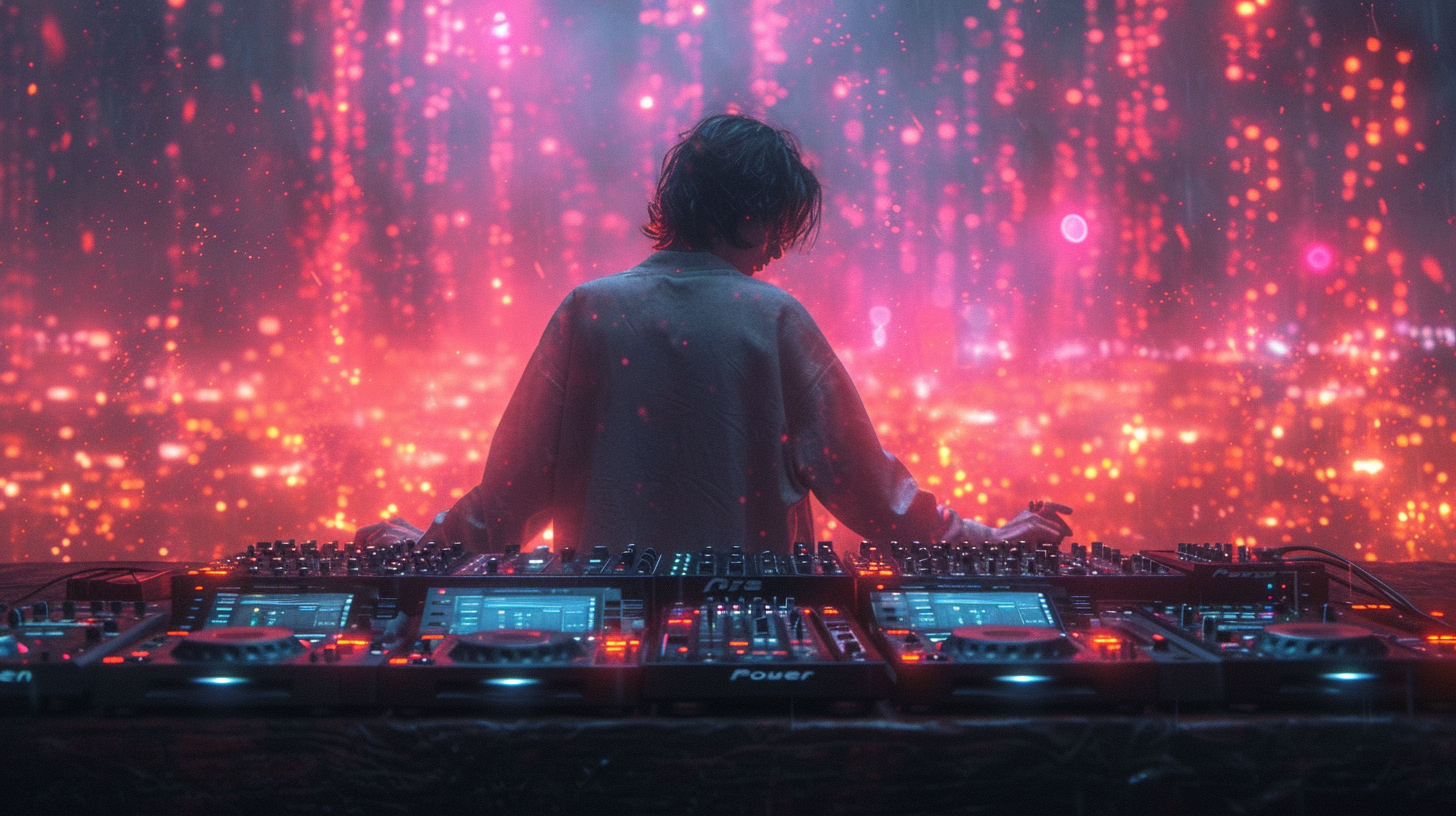Should you buy that shiny new DJ controller you’ve been eyeing for your home setup?
With so many controller options at different prices, making the right choice can be overwhelming.
Let’s break down the key factors in deciding whether now is the time to grab a controller to spin your favorite tracks.
Should I Buy a DJ Controller?
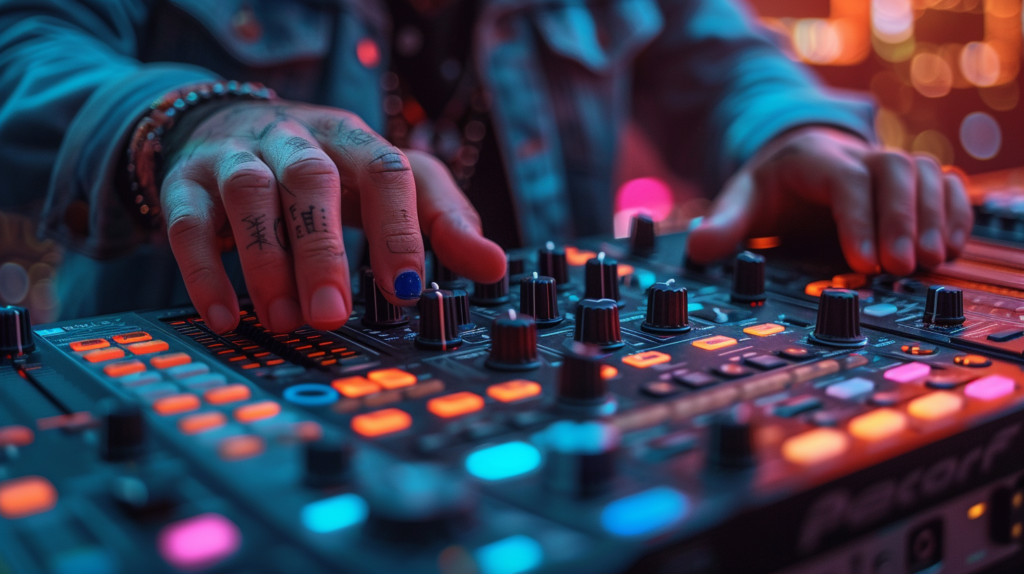
Buying a DJ controller provides hands-on, tactile control to mix, scratch, and creatively blend tracks compared to only using DJ software. Controllers consolidate mixing capabilities, effects, sampling, and playback into intuitive hardware. However, costs range widely for advanced capabilities. We’ll explore considerations around purchasing the right controller here based on budget, goals, software compatibility and more to determine if now is the right time to purchase one.
What is a DJ Controller and What Does it Do?
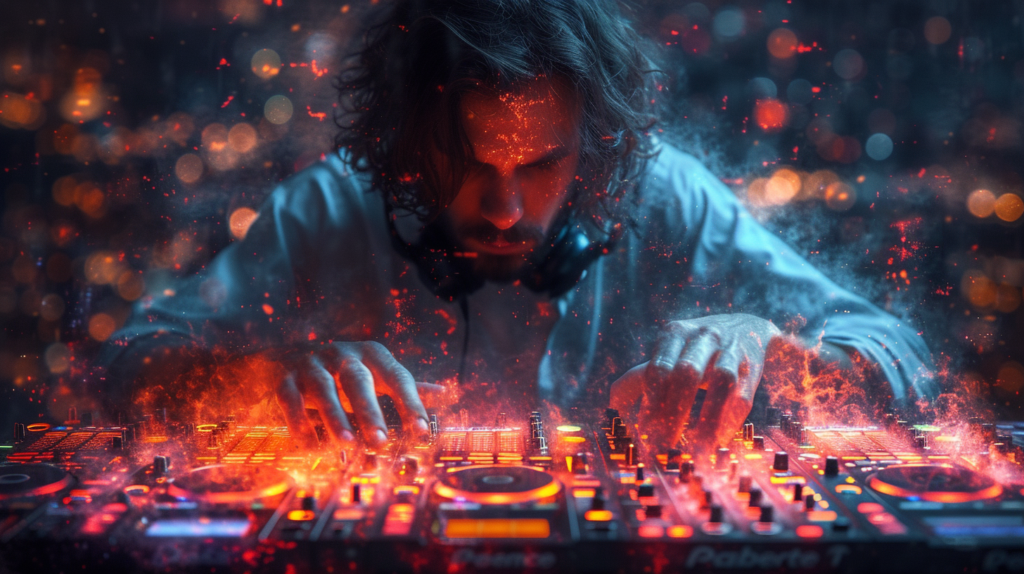
A DJ controller is a piece of equipment that allows you to mix music using software on a computer. Controllers let you playback songs, adjust settings like volume and EQs, add effects, and mix tracks seamlessly through features like jog wheels and faders. They connect to DJ software on your computer where the music files are loaded, analyzed, and controlled. This allows endless music libraries without taking up physical space for vinyl or CDs.
Controllers provide tactile, hands-on control of the software functions. Rather than only using a mouse and keyboard, you can use jog wheels just like on a turntable to “scratch” songs. Equalizer knobs, faders, backlit buttons, and pads give you physical control over songs in a similar layout to CDJs and mixers. This intuitive control allows you to learn skills that translate to other DJ gear. Controllers range from basic models focused on mixing to advanced controllers modeled after professional club setups with additional outputs, inputs, and features.
Compared to traditional DJ gear, controllers consolidate equipment into one unit and integrate closely with software functions. This provides extensive flexibility compared to standalone CDJs or turntables. Effects, loops, cues, and manipulation can all be pre-programmed or controlled on the fly using the controller hardware. Settings are saved directly in the DJ software, making it easy to play the same sets from the saved library.
Key Considerations Before Buying
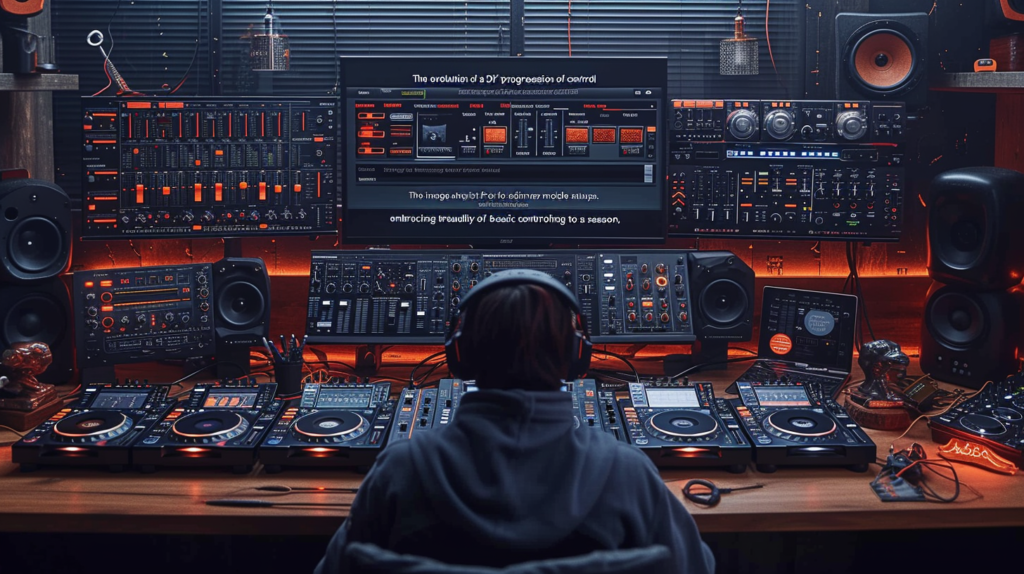
There are several key factors to consider before purchasing a DJ controller based on your goals, experience level, and budget. The first major consideration is cost. DJ controllers range in price from under $100 to over $2,000. Consider what you can afford and whether paying more for advanced features is worthwhile as a beginner. Also factor in the cost of DJ software, headphones, speakers and other required gear.
Another top consideration is compatibility – make sure the controller integrates seamlessly with your preferred DJ software and computer OS. Most controllers work with macOS and Windows, but some older controllers may have compatibility issues. Look at what DJ software is included or supported as well. Serato and Traktor are two of the top options, so check if the controller is optimized to work with those programs.
Also consider portability if you want to travel with your controller for gigs. Smaller controllers focused on mixing rather than effects tend to be easier to transport. Weight and physical dimensions are thus important factors. Look at whether the unit has a metal chassis or lighter plastic body to determine durability as well.
For authentic vinyl emulation, pay attention to the jog wheels. Some controllers feature high resolution touch activated jog wheels while others have weighted platters for a true vinyl feel when scratching. If authentic scratching is important, look for physical vinyl jogs rather than just touch sensors.
Finally, determine if a standalone mixer is needed or if you want the controller to handle mixing duties. Some controllers have integrated audio interfaces to connect CDJs, turntables and microphones while others require running the output into a mixer first. Consider what other gear you need integrate when making this decision.
Beginner Controllers vs. Advanced Models
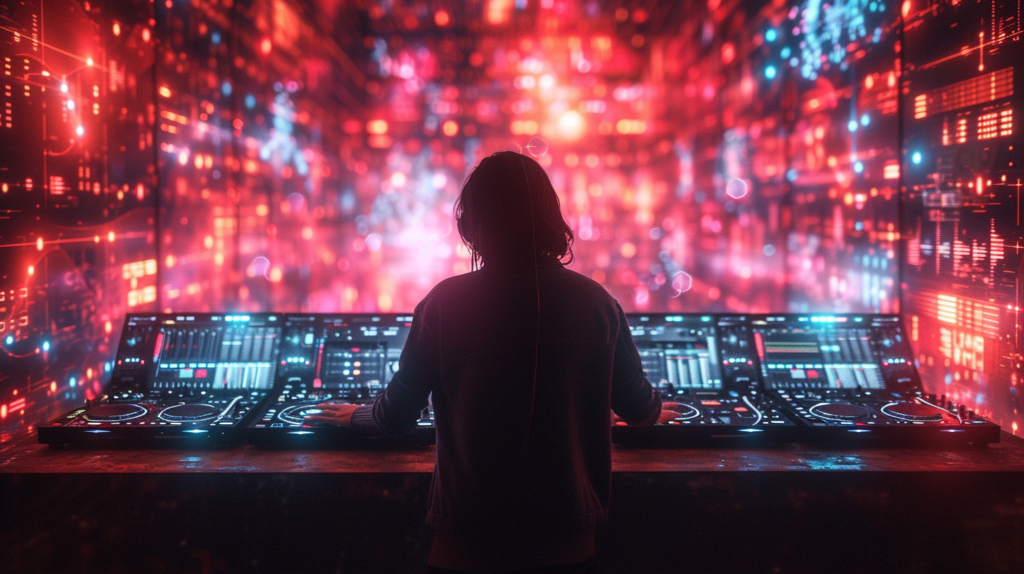
There is a range of DJ controllers spanning from basic, affordable models aimed at beginners to advanced controllers with additional I/O and customizable controls comparable to professional club setups. Beginner models often have a simpler physical layout focused primarily on mixing functions rather than advanced performance features.
Intro level controllers usually feature just a basic two-channel mixer with EQs and channel faders along with a crossfader to mix between tracks. Jog wheels, play/cue buttons and transport controls round out the basic feature set alongside navigation controls. These simplified controllers have few extras so it’s easier for beginners to grasp the fundamentals of mixing music.
As controllers increase in price, more inputs and outputs are generally included for connecting additional decks, turntables and microphones. Effects, looping functions, sampler pads and touch strips offer advanced creative possibilities during a mix. Some DJ controllers at the high end offer modular expansion so you can add additional decks or audio interfaces as your skills progress rather than needing to replace the device outright.
Advanced controllers also offer larger jog wheels with tension adjustment and vinyl emulation for polished scratching. Some feature motorized platters with kinetic feedback for extremely realistic turntable control. These high-end controllers replicate the feel and layout of club setups with CDJs and DJ mixers with full standalone mixing capability. However, they represent a major financial investment so consider how soon you are likely to outgrow a basic model when determining price point as a beginner.
Software Compatibility

There are four major DJ software platforms – Serato DJ, Traktor Pro, Rekordbox and Virtual DJ. Making sure your controller is compatible with your preferred software is crucial before buying. Many controllers advertise integration with a specific platform like Serato controllers or Traktor certified mixers. They are thus optimized specifically for advanced functionality within that software.
If planning to use Serato DJ software, then choosing a controller that provides official support will ensure maximum capabilities. Controllers that are merely “mappable” to work with Serato may not offer full feature integration. The same applies to Traktor controllers and Rekordbox certified mixers. While any MIDI compliant controller can control DJ software, finding one with integrated support ensures the best experience.
On the flipside, some controllers come bundled with a DJ software platform included upon registering the hardware. This turns an added expense into a bundle deal so you get a controller and software for one price. However, you are then tied to using whichever platform came in the box rather than choosing freely.
For ultimate flexibility, some controllers offer advanced integration with multiple platforms like Traktor, Serato and Rekordbox via toggle controls or mode switches. However, expect to pay more for this versatility and seamless switching capability between DJ softwares.
Extra Features to Consider
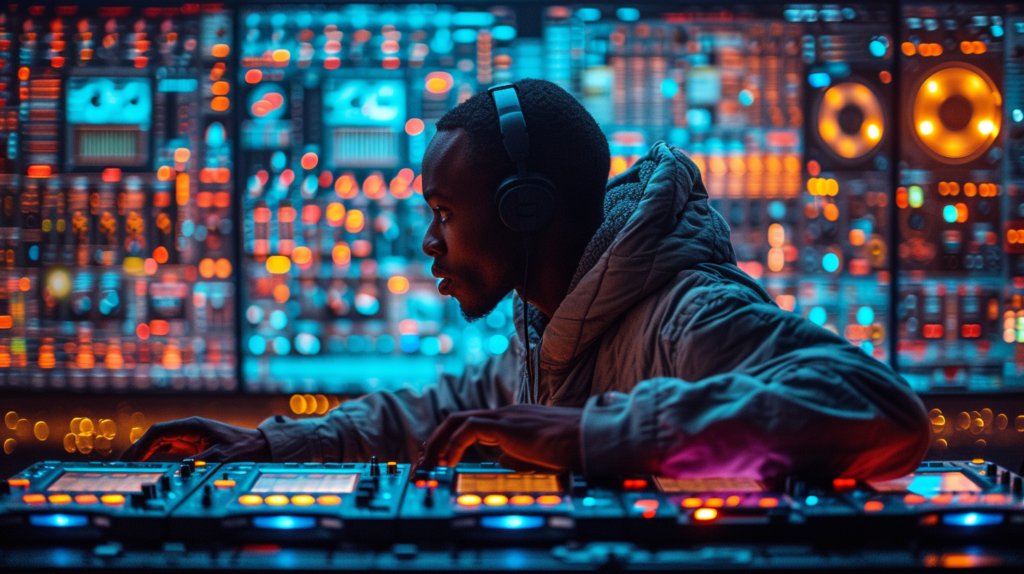
While mixing functions are core, DJ controllers differentiate themselves from competitors by offering additional controls for elaborate real-time remixing during sets. Controllers meant for live performance often have dedicated hardware for triggering sampled audio, cues, loops and applying effects.
Touch strips offer tactile control over pitch bend, track scrolling and other software functions. Rubber velocity-sensitive performance pads launch one-shot samples or hot cue points on the fly. Effects sections let DJs tweak filters, echoes, phasers and other sound transformations in real time like on a synth. Look for controllers with dedicated controls for these creative features if planning to perform sets rather than just mix playlists.
Onboard audio interfaces with multiple inputs and outputs are also convenient for connecting external gear. Some controllers offer combo XLR and 1⁄4” inputs to plug in microphones, synthesizers and other instruments right on the controller itself. Master outputs and booth outputs provide flexibility in routing audio to different zones or recording sets. Look for an onboard audio interface to simplify connectivity to other equipment.
For ultimate portability, some battery-powered controllers feature full standalone mixing capability without needing a laptop. Music is stored directly on flash memory or SD cards so DJs can perform anywhere without music management software or computers. Outputs allow routing audio to different zones over XLR or RCA. Consider a battery-powered all-in-one controller for supreme flexibility playing events without AC power access nearby or relying on a computer.
Final Decision Factors

When deciding on purchasing a DJ controller, consider a few final key factors that should influence choices at any budget. First, determine intended use whether for the bedroom, recording productions or playing events and club gigs. Look for requisite connectivity options and sound quality for playing to crowds vs. home practice setups.
Also establish a clear budget and feature set based on current skill level and areas to improve rather than overspending on unnecessary capabilities. Novices can develop fundamentals on basic controllers before upgrading later as skills progress.
Finally, compare controller dimensions and weight if planning to travel frequently for gigs. Prioritize portability in those cases versus expansive controller stations aimed at studio use. Consider each unique scenario and choose the best-suited controller that matches planned use cases without overspending. Identifying these decision factors first makes selecting the optimal controller easier.
Conclusion
Ultimately, the decision to buy a DJ controller comes down to budget, intended use, and current skill level. Beginners can start affordably with basic controllers focused on mixing before upgrading. Bedroom DJs prioritize different features than frequent gigging DJs who value portability. Consider your goals realistically now and into the future when selecting the best controller to match needs and growth potential without overspending.
